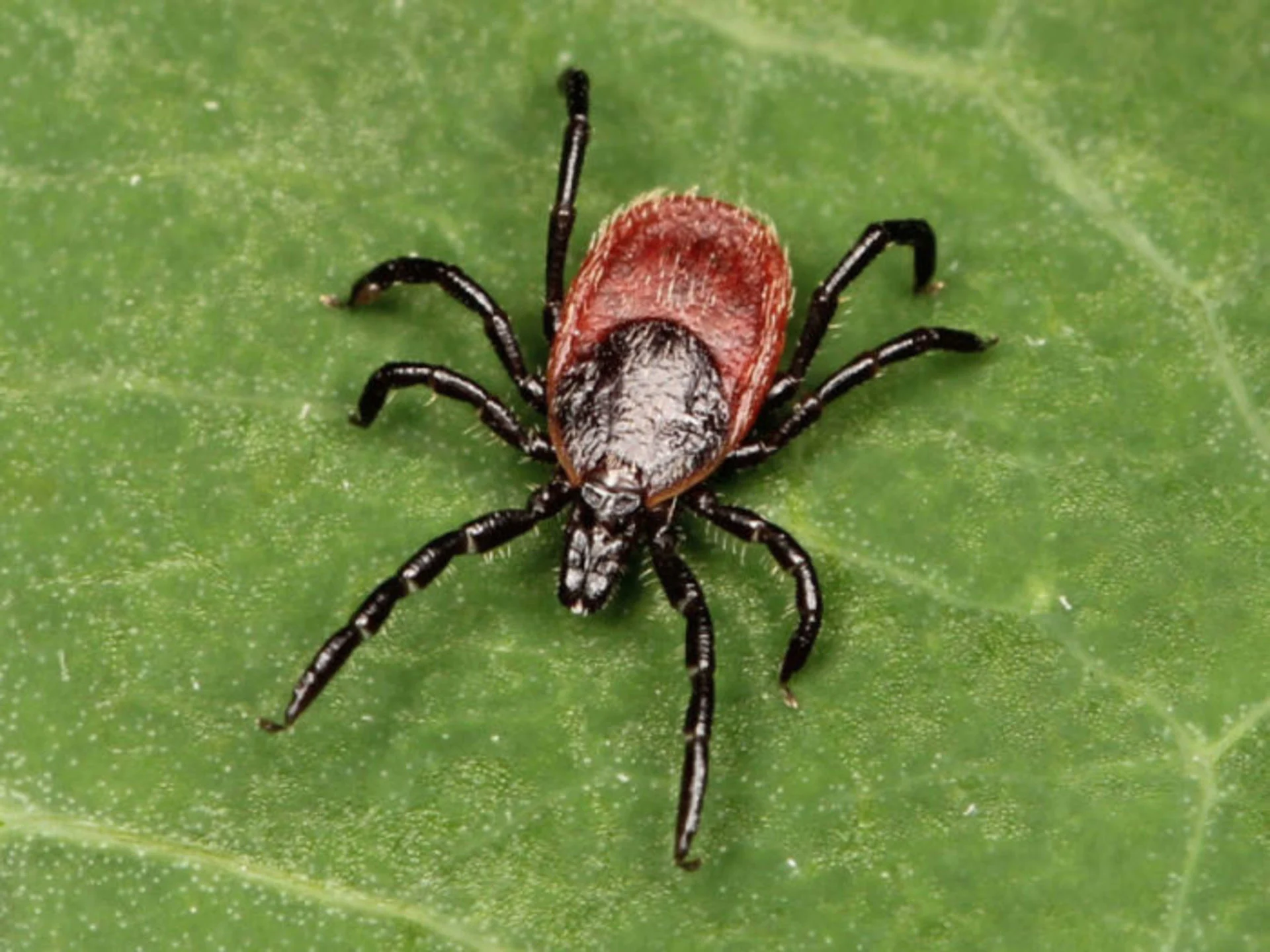
Anaplasmosis: This tick-borne disease is on the rise in Canada
Tick experts are warning Canadians to be on the lookout for symptoms of a tick-borne disease whose case counts have been steadily increasing over the past 15 years.
Anaplasmosis is an infection contracted by humans and animals caused by the Anaplasma phagocytophilum bacteria and spread by ticks.
In the early 2000s, provinces and territories began reporting a handful of human cases each year, but experts are now warning that they're seeing up to 500 cases a year in the regions where anaplasma-carrying ticks live, although not all of those are necessarily full-blown clinical cases of the infection.
"It is kind of the new kid on the block," said Heather Coatsworth, a research scientist for the Public Health Agency of Canada's National Microbiology Laboratory in an interview with Dr. Brian Goldman, host of CBC's The Dose.
SEE ALSO: How to protect your pets from ticks
Ticks carrying anaplasmosis are primarily found in Nova Scotia, Quebec and Ontario, though cases have been reported in Manitoba and Alberta.
WATCH: When tick eggs begin to hatch
Symptoms and transmission
Anaplasmosis is a disease caused by a bacterium that infects white blood cells in humans and animals.
Early symptoms include fever, chills, headache and fatigue. If left untreated, longer-term symptoms include respiratory failure, anemia, liver disease and death in severe cases.
"That's primarily with immunocompromised people, as well as children and elderly," Coatsworth said.
RELATED: Ticks spread plenty more for you to worry about beyond Lyme disease
It takes roughly 18 hours of feeding for a tick to infect the host with the bacteria.
"Since it's a blood-borne disease, it can also be transmitted by blood transfusion [and] solid organ donation," said Coatsworth.
"And there is the hypothesis that it can be transmitted from mother to baby as well."
The first case of anaplasmosis in a Canadian was reported in 2009.
WATCH: Nova Scotian perfects a better tick repellent, 'Atlantick'
How does anaplasmosis compare to Lyme disease?
Anaplasmosis shares common early symptoms with Lyme disease, including flu-like symptoms.
In fact, the same ticks that carry Lyme disease — typically black-legged and Western black-legged ticks — spread anaplasmosis by biting humans.
At times, researchers have encountered ticks co-infected with Lyme disease and anaplasmosis.
LEARN MORE: Tick bite causes meat allergy
One major distinction between the symptoms of the two diseases is that anaplasmosis lacks the tell-tale bull's eye rash that presents at the bite site of a tick carrying Lyme disease, according to Coatsworth.
However, the same antibiotic — doxycycline — can be used to treat both tick-borne illnesses.
Once treated for anaplasmosis, patients typically recover without post-treatment symptoms, such as arthritis, seen in some Lyme disease patients.
Lyme disease is still more common than anaplasmosis at this time, according to Coatsworth, with approximately 2,500 human cases in 2023, according to Health Canada.
Exact nation-wide statistics for anaplasmosis are currently unavailable, because it only became a nationally notifiable disease in April 2024, meaning cases now have to be reported to public health authorities.
WATCH: Warmer weather means ticks are back in business, here's what to watch for
How to prevent anaplasmosis
There's no vaccine that prevents the transmission of anaplasmosis so avoiding bites is the best way to prevent any tick-borne disease.
"If you stop yourself from getting bitten by a tick or deal with a tick infection quickly and get the tick off, that's going to help for anaplasmosis, Lyme disease … and any of the not fun diseases ticks transmit," said Vett Lloyd, a biology professor at Mount Allison University who runs a tick lab.
Bug sprays such as DEET that specifically target ticks — rather than just mosquitos — are often most effective at preventing bites, Lloyd says.
Avoiding skin contact with grassy areas doing regular tick checks when in forested areas and while gardening or spending time in long grass can also reduce the risk.
"You're looking for something that looks like a freckle, but unlike a freckle, [ticks have] legs," said Lloyd.
If you do get bitten, tweezers are useful for removing ticks, Lloyd said. She recommends holding on to the tick in case it needs to be tested later.
WATCH: The ultimate guide to pets and ticks, how to prevent and remove
Tucking socks over pants, wearing long sleeves and spraying clothes with the insecticide permethrin the night before going outside can help prevent tick bites, Coatsworth said.
Online tools such as eTick can help identify different tick species and high-risk areas.
If you have been bitten, it's important to keep an eye out for the sudden onset of flu-like symptoms, Coatsworth said.
"If you know you've been bitten by a tick, and then you're suddenly getting flu-like symptoms a few days later, that's a clue that you need to seek medical help sooner rather than later," she said.
Still, Lloyd says Canadians shouldn't let the fear of ticks prevent them from enjoying nature summer.
"Get outside, enjoy it and then do tick checks afterwards," she said.
This article, written by Sameer Chhabra, was originally published for CBC News on June 24, 2024.
(Header image of Black legged tick courtesy of Wikimedia/Public Domain. CC0 1.0 DEED)










